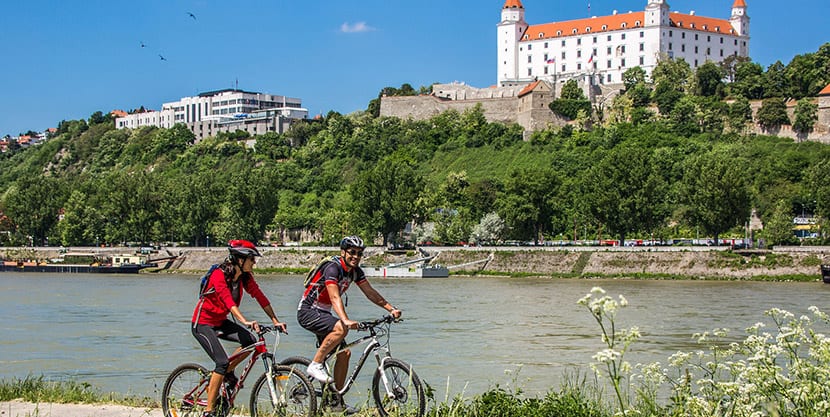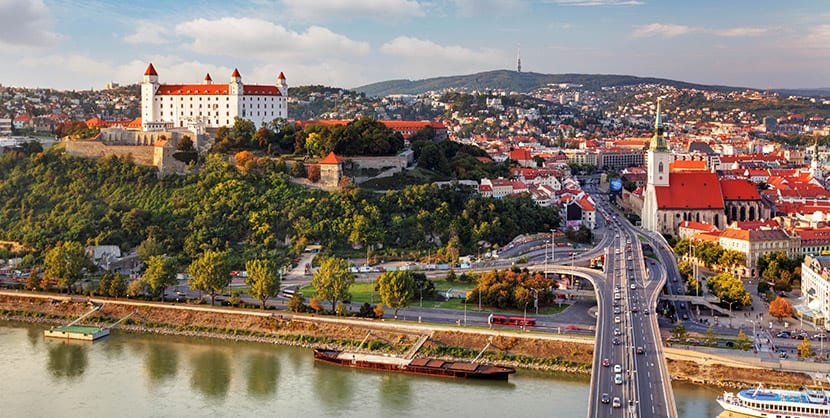
For some time now, the smallest countries in Europe have become tourist destinations. For example, Slovakia, a territory that remained hidden behind the Soviet wall for much of the XNUMXth century.
The capital and the most important city of Slovakia is Bratislava, a beautiful city on the banks of the Danube and just 60 kilometers from Vienna. For this reason, even if Slovakia is not on your original route, it is a sin that, being so close, you do not go to at least visit Brastislava. Let's see you have for us this summer.
Tourism in Bratislava
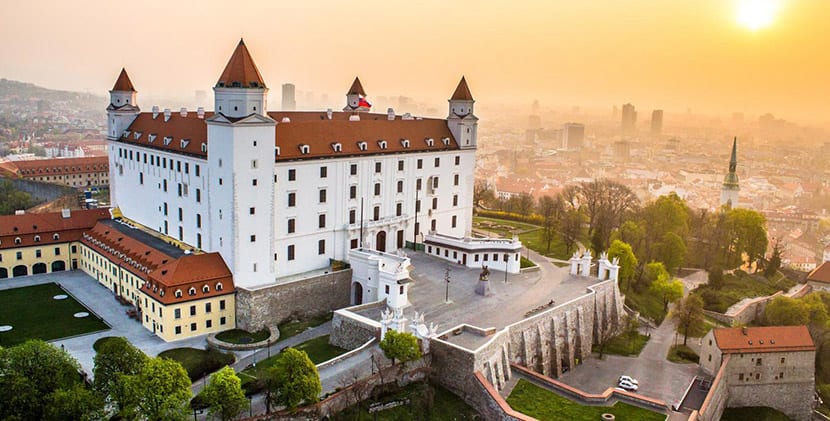
As I said above the city rests on the Danube. For a long time it was under the power of the Kingdom of Hungary until the First World War ended in 1918 with the Austro-Hungarian Empire.
It has ancient origins and a interesting medieval heritage that mixes with buildings of the twentieth century. With the money coming in at the turn of the century, it has grown and modernized even more. So what are the most attractive spots to visit in Bratislava?
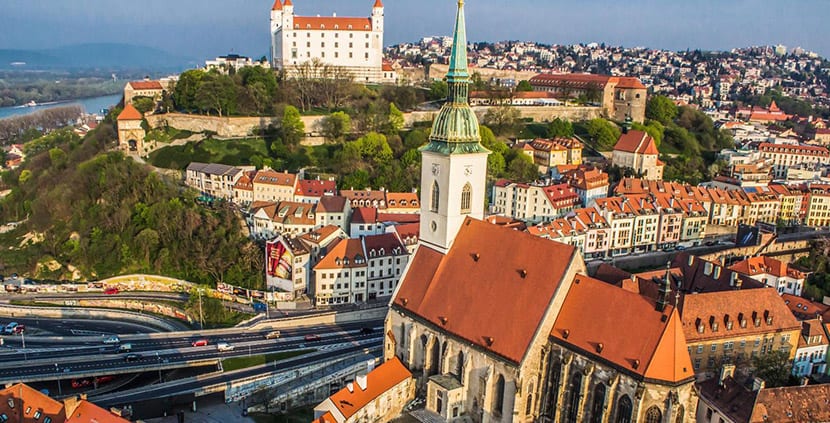
I think every tourist route must start from the Old City. The town hall complex was built between the XNUMXth and XNUMXth centuries and today it functions as a City Museum. As part of the old wall there is a gate, the Miguel's gate, an imposing and centennial construction.
Then there are a handful of baroque style palaces, such as the Archbishop's Palace or the Grassalkovich Palace dating from the mid-XNUMXth century, today the seat of the Presidency.
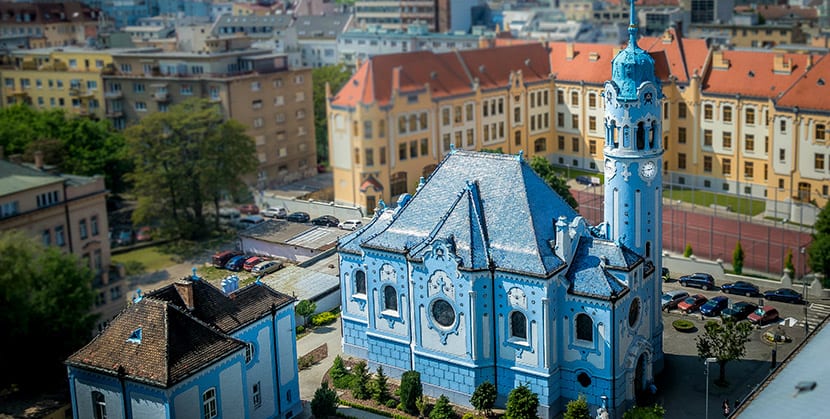
In addition to the old private residences there are many churches. One is known as the Blue Church, because it is painted in this color and it is a modern beauty of Art- Noveau style. For centuries-old churches the unmissable appointment is with the St. Martin's Cathedral, a XNUMXth century Gothic temple that was the coronation site of the Hungarian kings during centuries. There is also the Franciscan Church from the 1756th century, the oldest in the city and the building of the University Library, from XNUMX.

Across the Danube is the New Bridge or Nový Most, In whose tower you can eat because there is a restaurant with great views of the city. There is also the Jewish cementaryAlthough for that you must go underground because the cemetery has been below street level, at the foot of the castle hill and crossing a tram tunnel.
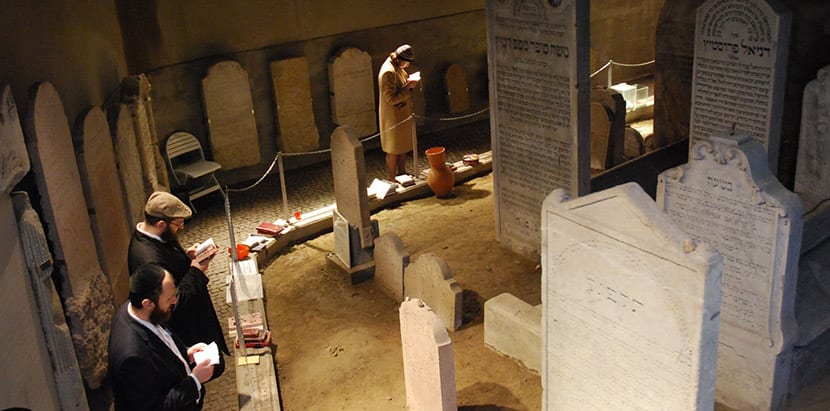
For an open-air cemetery you can visit the Savín Cemetery, a military cemetery dating from the 60s of the XNUMXth century that honors Soviet soldiers killed in the defense of the city against the Nazis. It has good views of the Carpathians and the city.
To highlight:
- Devín Castle: Napoleon destroyed this castle in 1809 but it was partially rebuilt and today it is a museum. It is in Devín, on a promontory overlooking the Morava River, the natural border between Slovakia and Hungary. It is very important for the Slovak nation and It is only 10 kilometers from the old town of Bratislava. It is 122 meters high and the museum has several exhibits in old caves converted into rooms that precisely show the evolution of the fortress from the 10th to the 4th century. It opens from April to October from 30 am to 5:30 pm and in summer it closes at 29:128 pm. One option is to arrive early, see the ruins, and then stay in the surrounding area hiking, renting a bike or a canoe to ride along the river. Even Devin brings you buses XNUMX and XNUMX.
- Bratislava Castle: the mountain where it stands is ancient and has been inhabited for thousands of years. The first stone castle was built in the XNUMXth century, under the Hungarian crown. Later it acquired a Gothic style, in the XNUMXth century a Renaissance style and later a Baroque one. At the beginning of the XNUMXth century it was quite run down and was not rebuilt until the middle of that century. Today the Slovak National Museum and National Museum of History. Its collections show how society has evolved from the Middle Ages to the present day. It has a rich collection of coins, historical documents and regional ethnographic material. Open Monday from 12 am to 12 pm and Tuesday to Sunday from 10 am to 6 pm.
Summer in Bratislava
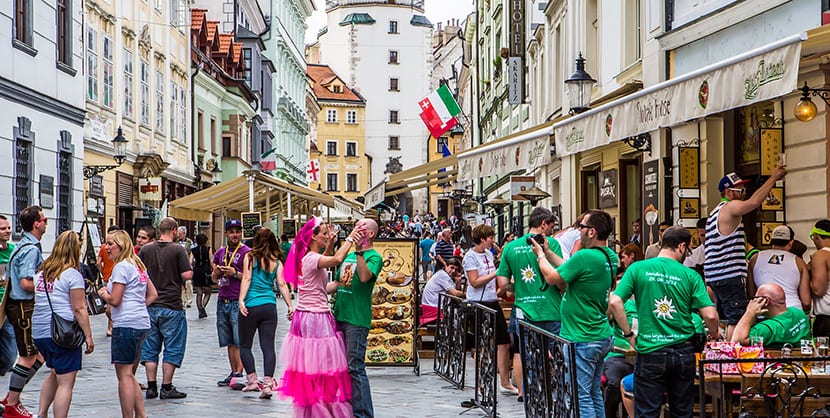
You have just made a synthesis of what you cannot miss on a walk through Bratislava, but something changes or something adds when you go in summer. In summer people take to the streets and It is the best time to get to know the tourist attractions on foot, on shorter or longer walks.
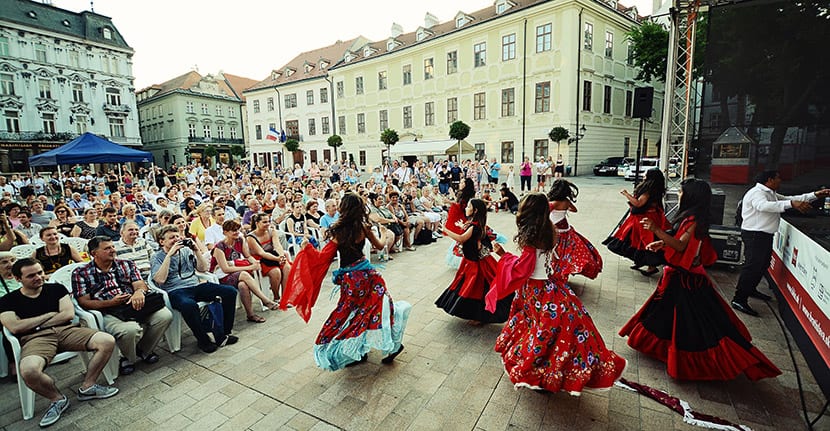
Also, in the summer there are many cultural events, both those designed for visitors and those for Slovaks themselves. Every year around this time the city organizes a Bratislava Summer Cultural Festival and a program called Castle Activities. It is between mid-June and mid-September. You will meet actors in the streets, live shows, open-air concerts everywhere and many artisans displaying their products.
The truth is that Bratislava has good artisans. If you go between the end of August and the beginning of September you will be able to learn more during the days of Dni Makhstrov or Days of the Craftsmen. It is now over 20 years old and the largest of its kind in the country. Two days of pure workshops, demonstrations, dance and folk music shows and also gastronomic events.
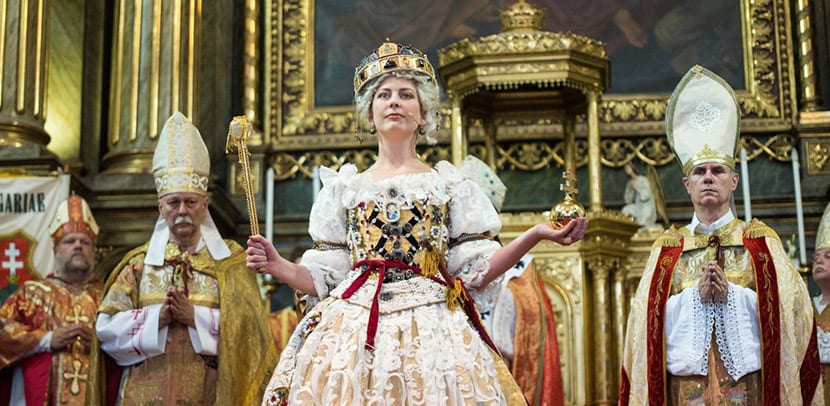
Another summer event is known as the Coronation festivities that recall precisely those days when the Hungarian kings were crowned in the imposing Cathedral of San Martín. These royal coronations occurred between 1563 and 1830 and in summer they are remembered by acting them. These "performances" have been taking place since 2003 with great success. At first they were made inside the temple and today they are also done outside, having it as a backdrop.
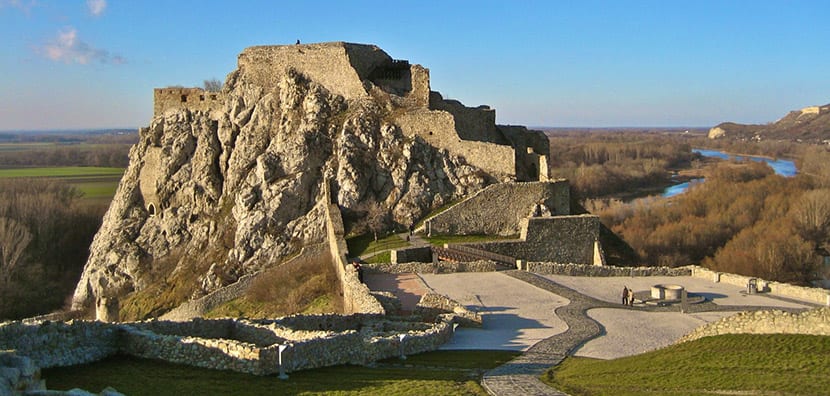
The holidays last a couple of days and you can be a privileged witness of the typical procession of a royal coronation through the streets. They are hundreds of actors dressed in epocSo it really seems like a window to the past. And if you are more thirsty for history you can always enjoy the Devín Festival, in the castle we talked about earlier. It usually happens at the end of August and there is a market, music, handicrafts and much medieval air.
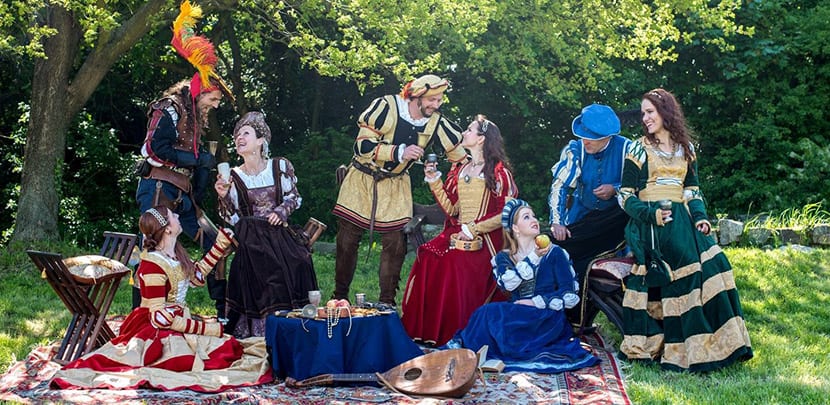
The Shakespeare days they also take place in summer, at the Bratislava Castle. English theater, although in Slovak and at most, in Czech. To listen to music, summer also gives us the Long Live Music!, an open-air festival of classical, jazz, rock and alternative music. It is in July and in several venues.
Are you not a fan of music or too cultural? Is your thing the outdoors and sports? Do not worry, Bratislava also has something for you in summer: you can go to know and enjoy its lakes (the Lamac, the Kuchajda, Russovce or Zlaté Piesky. You can ride the cableway over the Zelezna Studnickpa Forest Park to the top of Kamzík Hill, boating on the Danube to the Devín Castle or you can tour the city by bike or rollerblading every Friday, with changing routes and organized by the local Tourist Office.
A full visit to Bratislava will take you four days. Are you ready to enjoy them?
